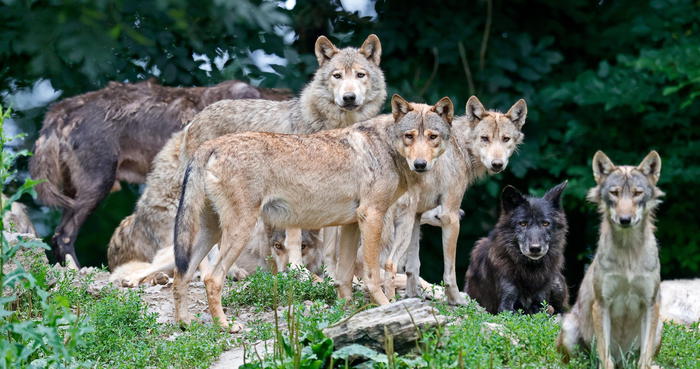The wolf has returned to the Pisan hills and its presence is the highest ever attested for over three centuries. The news comes from a study conducted by the Department of Veterinary Sciences of the University of Pisa.
The trend of the wolf population was marked by three crucial historical moments: the Lorraine domination of the Grand Duchy of Tuscany (1737), the Unification of Italy (1861) and the agrarian reform of 1950. In the 17th century the wolf was widespread in the Pisans hills and hunting was intensely practiced to protect transhumant livestock. The expansion of agricultural activity with deforestation and reclamation started by the Lorena family up until the unification of Italy brought about a profound change in the rural landscape. The decline of wolves, leading to local extinction during the Second World War, was followed by a gradual restoration of the natural environment which led to a recolonization by the wolf of almost the entire territory of the Pisa hills. The hope is to promote awareness of the importance of these processes and at the same time to curb the irrational emotional wave that pushes towards the killing of the wolves.

